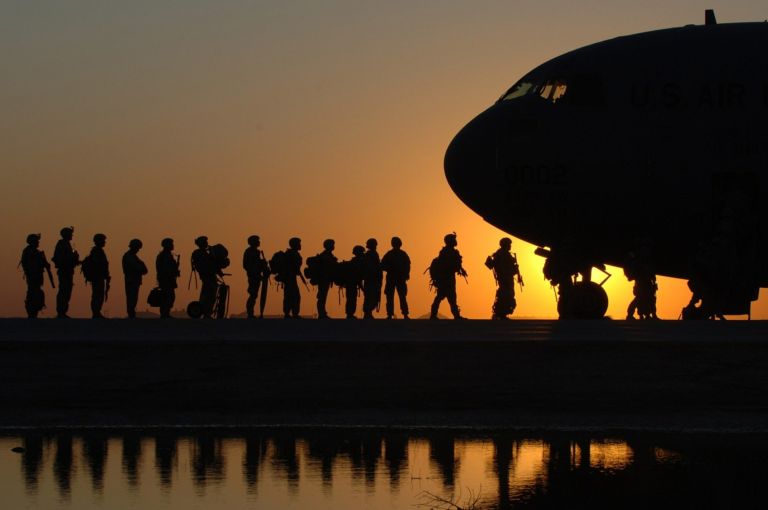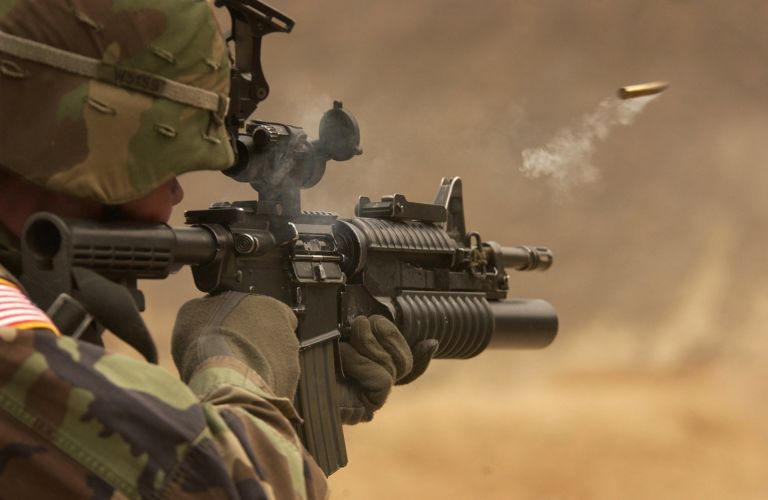Isaac Schorr writes for National Review Online about a basic problem plaguing the American military.
The numbers are unambiguous. Americans are less qualified for, interested in, and trusting of the military than they ever have been before, and the results are recruitment shortfalls with national-security implications.
To date, with only three months remaining in the fiscal year, the Army has met just 40 percent of its recruitment goal and is culling its active-duty force by 12,000 troops. The Air Force is 4,000 recruits behind its goal at this point in the year. The Navy may or may not meet its goals, but only because it’s sending fewer recruits through its Delayed Entry Program to prevent a shortfall.
In congressional testimony, Marine general David Ottignon called 2022 “arguably the most challenging recruiting year since the inception of the all-volunteer force.”
Retired Army lieutenant general Thomas Spoehr, who now serves as the director of the Heritage Foundation’s Center for National Defense, told National Review that the falling numbers represent a problem that’s much more serious than missing some arbitrary goal.
“Certain elements of the military are already struggling with shortages. The Air Force has been dealing with a pilot shortage now for years,” explained Spoehr. “There’s other career fields like cyber and medical where the military has a hard time getting the numbers they want. . . . The Navy doesn’t talk about it much, but they have a real challenge manning the ships that they need to put out to sea, and people are getting back-to-back sea tours.”
Spoehr said those kinds of demanding schedules could result in a “death spiral” that would drive more and more servicemen out.
“A smaller military, you just can’t make up for that with technology. We’re seeing that with the Russian army in Ukraine,” he said.


